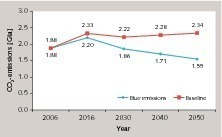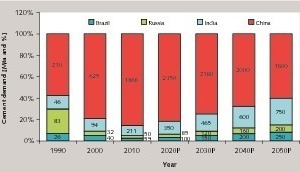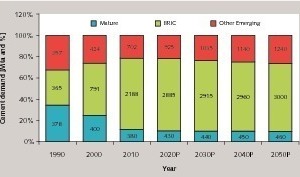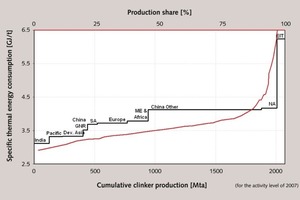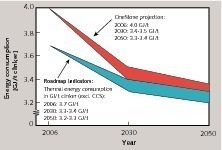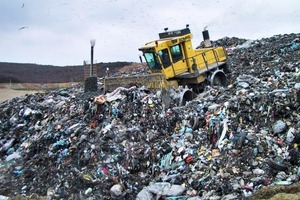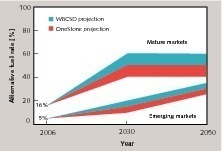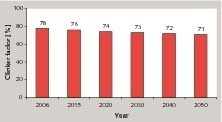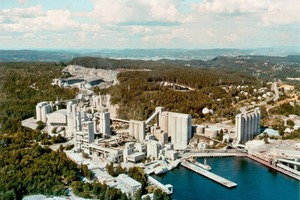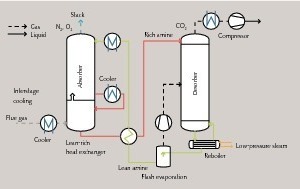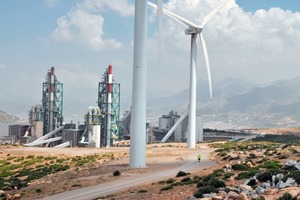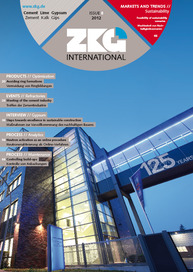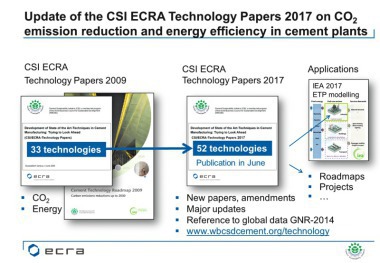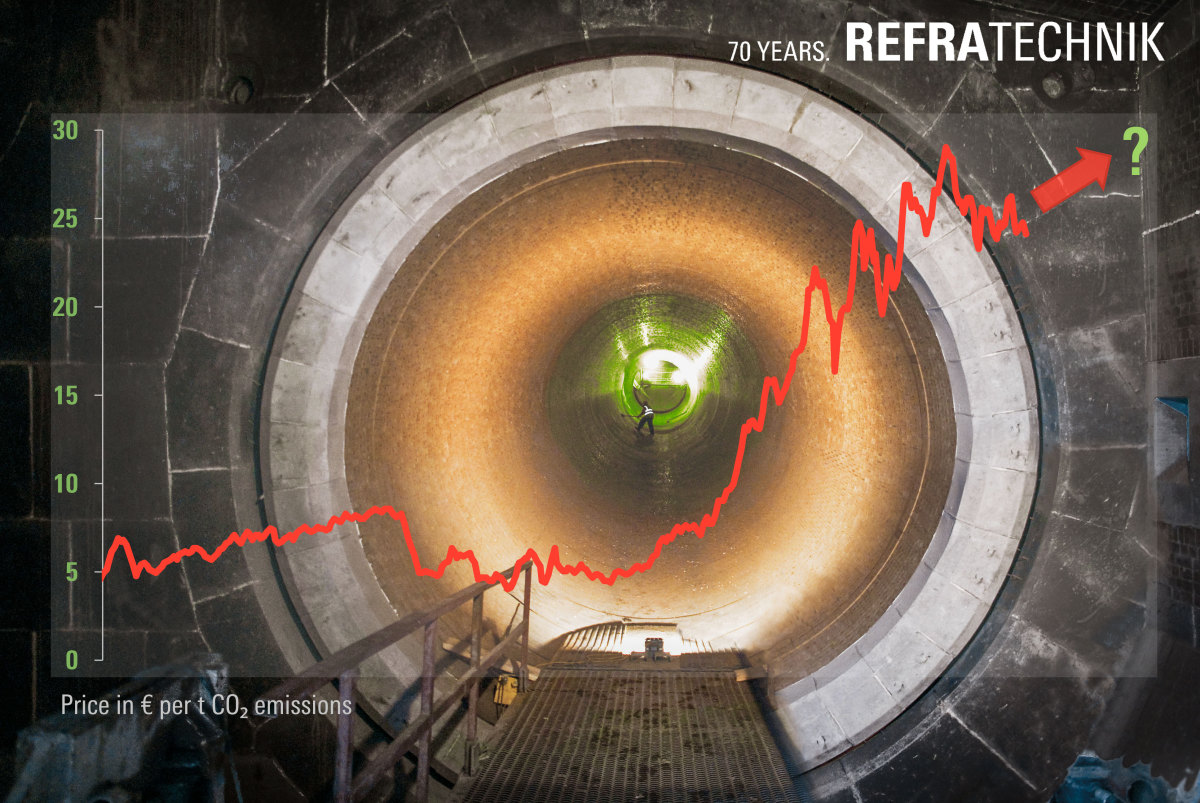1 Introduction
How much CO2 will the cement industry be emitting in 2050? The World Business Council for Sustainable Development (WBCSD) and the International Energy Agency (IEA) considered this question in 2009 in their Cement Technology Roadmap [1]. This was based on two scenarios. The first of these is a baseline scenario (Fig. 1), which postulates a CO2 emission of 2.34 Gt in 2050 at a cement production volume of 3,657 million tonnes per year (Mta). This variant is also referred to as “Baseline 2050 (low)”. Accordingly, there is another variant (high) for a production volume of around...
TEXT Dr. Joachim Harder, OneStone Consulting Group, Buxtehude/Germany

